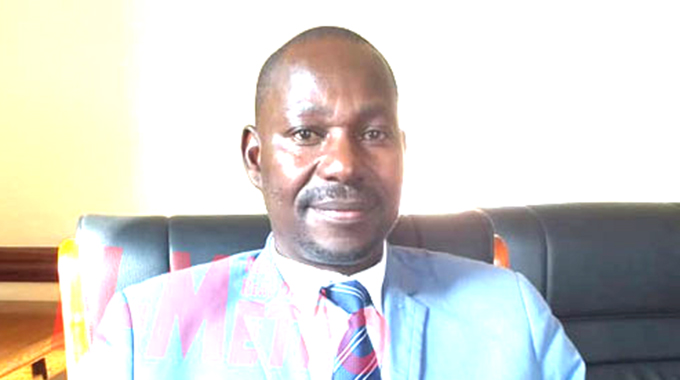Zim female student in unique agric research

Herald Reporter
The Alliance of Bioversity International and the International Centre for Tropical Agriculture (CIAT)’s Marange experiments to integrate contours, membranes and utilise run-off in agriculture are being commended for their notable yields.
At a recently held field day, the project’s researcher, Swedish University of Agricultural Sciences PhD student Ms Sandra Madamombe, said even though it is just the second year of the three years dedicated to the study, they are positive this will be adopted in most hot and dry areas like Marange to combat climate related issues that may affect farming.
“This is part of a bigger project,” she said. “We are researching how we can determine the maximum plant population we can achieve for optimum yields.
“We are now also integrating surface water retention technology and different nutrient management to achieve optimum maize yields.
“In this second year, we have managed to take samples from our harvests to determine whether our subsurface water retention retained nutrients because the period is now long enough to determine that.
“We are also taking data for costs and translating them to per hectare basis so that we note if the technology is cost effective, but so far the results have been promising.”
Chief Marange, Agricultural extension officers and district extension officers were in attendance at the field day assessing and comparing the different techniques and results.
The experiment, which is in partnership with Swedish University of Agricultural Sciences and Bindura University of Science Education (BUSE), is centred on the sustainable use of run off from nearby mountains and contours.
It also incorporates use of subsurface membranes which capture water underground, protecting it from evaporation losses and when there is a dry spell the plants are able to utilise that water.
The project started under BUSE back in 2014 and so far at least 20 farmers around Marange have been taught how to install the membranes and how they function.
“When we started, we were just looking at ways of adapting to climate change in semi-arid regions; we were promoting tied contours, infiltration pits and other water harvesting technology as methods that can be used by farmers in dry regions such as these,” Professor George Nyamadzawo of BUSE said.
“Two years ago, we got funding from the Swedish Council for Research and we managed to go a step further by installing subsurface membranes.
“We have a crop we are using to evaluate the effects of water harvesting technology together with use of subsurface membranes which were installed at 40cm and 60cm underground.”
Prof Nyamadzawo said the need to improve crop production in semi-arid regions and arid regions where the effects of climate change are being felt inspired the project.
The farmers whose land is being used, Mr Maocha and Headman Marange, are said to have been using the land for drought tolerant cotton and groundnuts, but they were not getting any maize yields.
“After integrating tight contours and infiltration pits, we managed to increase crop yields to at least three tonnes per hectare and now if we add sub-surface membranes, we can easily increase the yields to eight or 10 tonnes per hectare,” said Prof Nyamadzawo.
“With that yield, it means our farmers are going to be food sufficient, they can have surplus to sell and earn money from agricultural production; growing maize in dry regions.”
The technologies are expected to not only help in dealing with the sudden and harsh climate change effects being felt in Zimbabwe and around the world, but also increase farmers’ economic returns favourably.











Comments